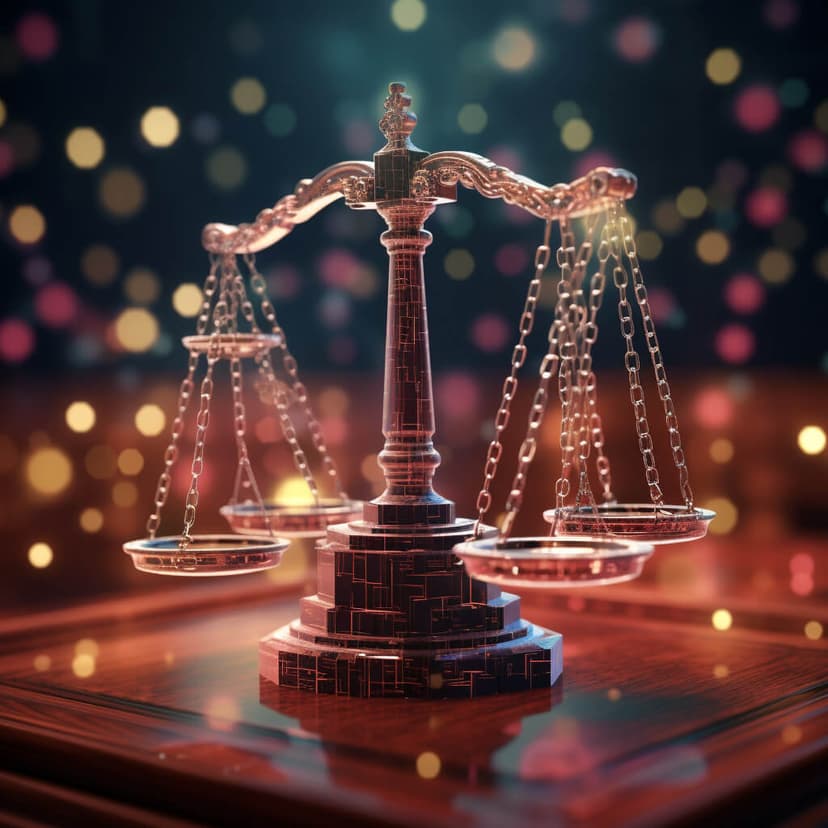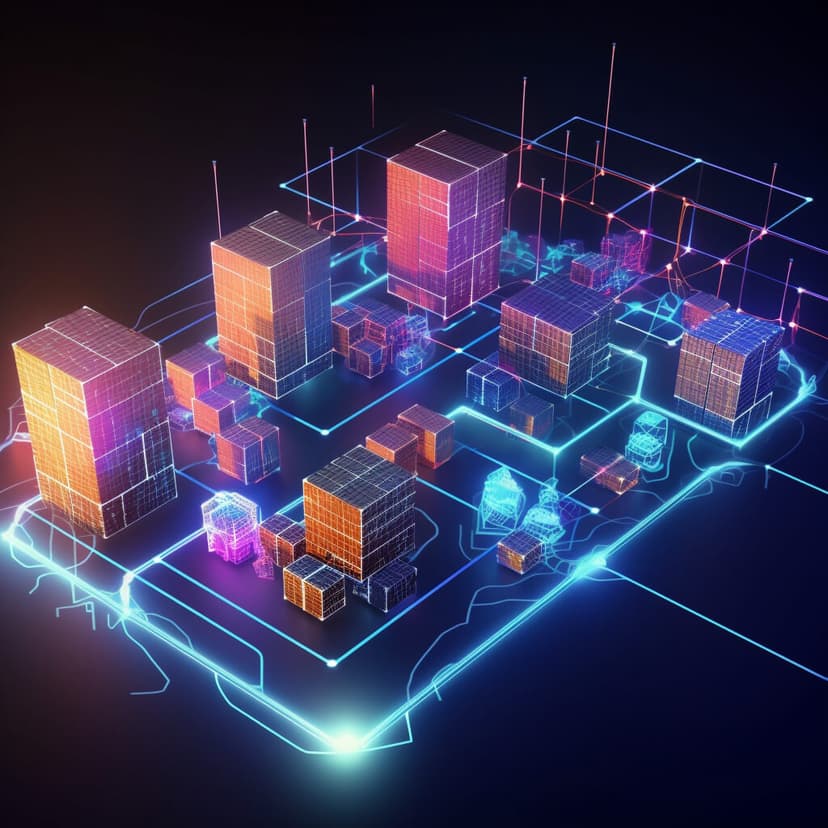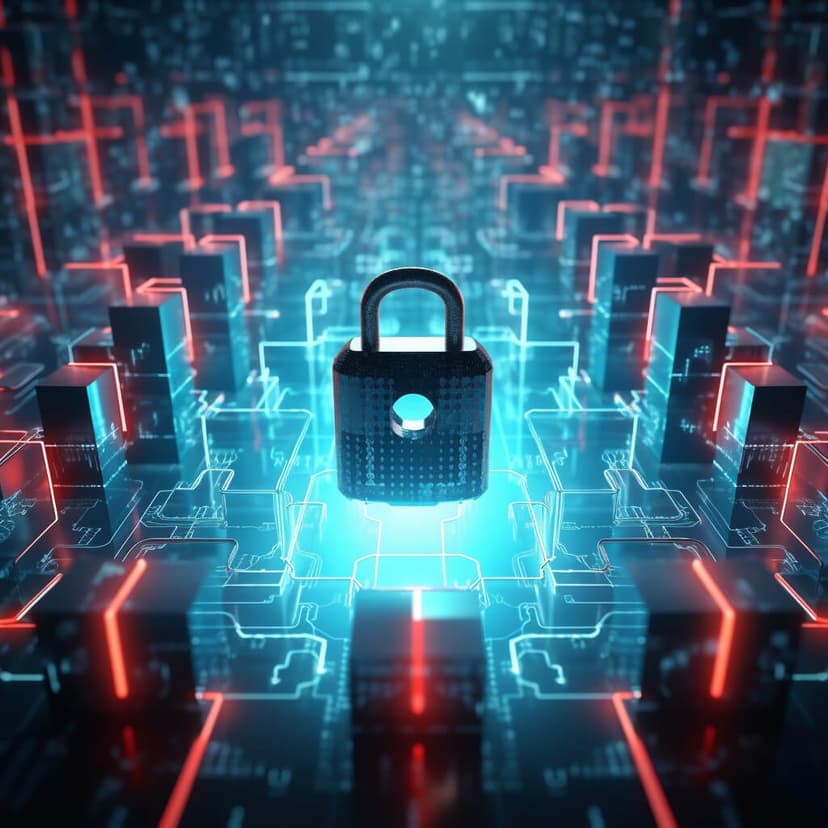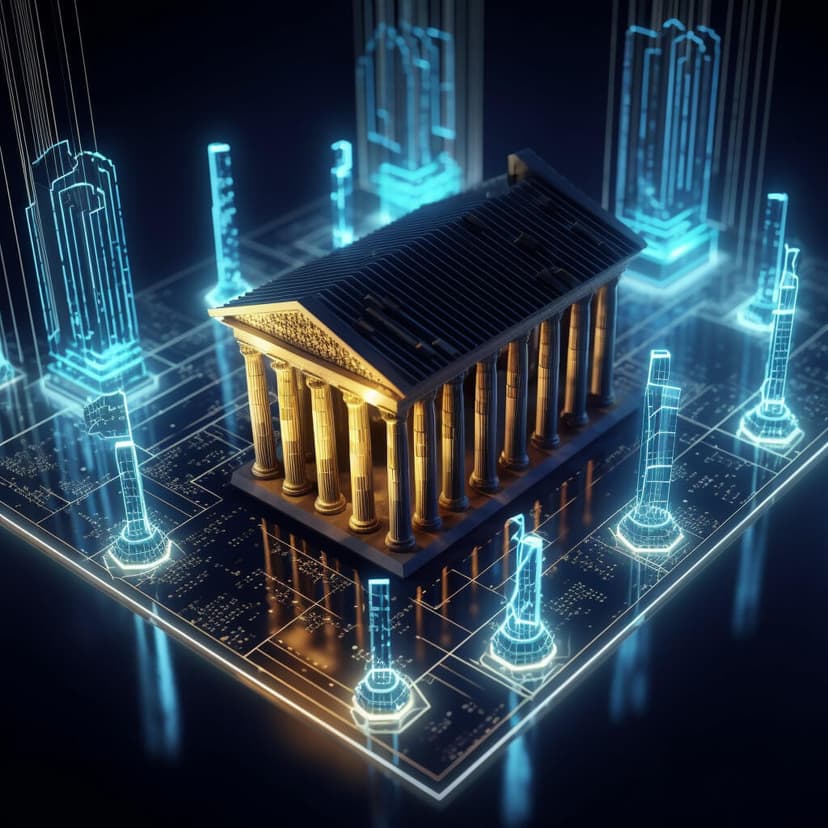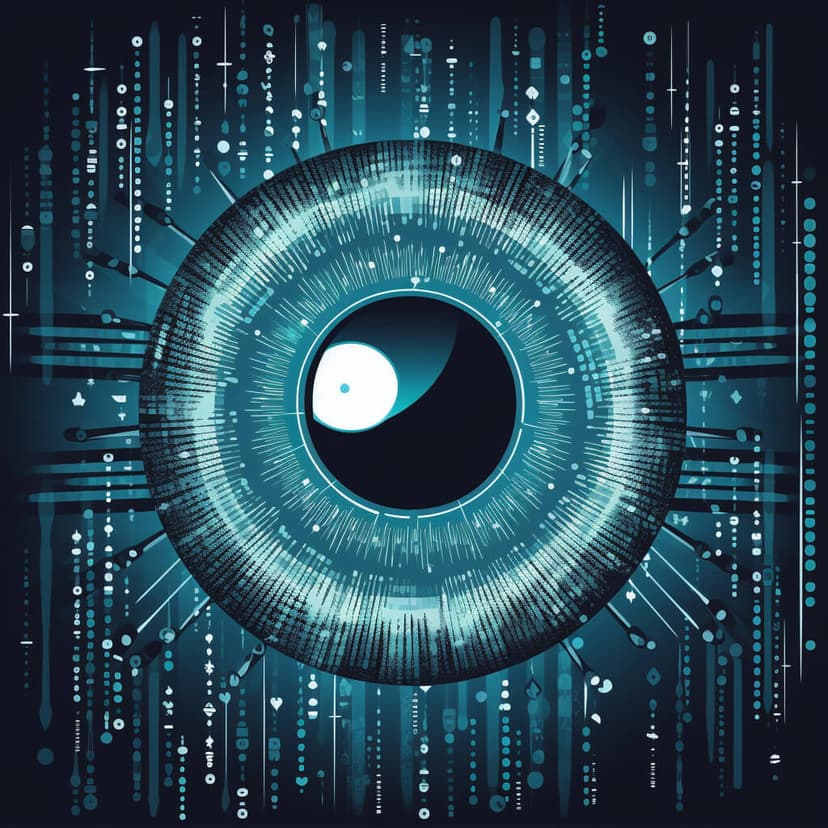The legal sector, traditionally resistant to rapid technological change, is now standing at the precipice of a new era. The advent of artificial intelligence (AI) and blockchain technology has created a unique opportunity to further digitize, publicize and transcribe court proceedings. A prime example of this innovation is TimeSeal, a blockchain-based timestamping process, which when integrated with an advanced audio transcription service, can revolutionize the way court proceedings are recorded and accessed.
The transcription service in question is designed to convert unstructured voice notes into clearly summarized text. It employs machine learning algorithms to accurately transcribe spoken words and then summarizes the transcriptions for easy comprehension. This tool is particularly beneficial in the context of court proceedings, where it can replace manual transcription processes that are often prone to errors and disputes over accuracy.
The TimeSeal Technology
TimeSeal is a state-of-the-art blockchain technology that provides a secure and immutable timestamping process. When integrated with the transcription service, every transcribed word from the courtroom is not only digitized but also timestamped and sealed on the blockchain. This process ensures an unalterable, tamper-proof record of events, offering an unparalleled level of trust and transparency.
The Benefits of Integration
The integration of TimeSeal with the transcription service presents several significant benefits. Firstly, it enhances the efficiency of court proceedings. Manual transcription is a time-consuming process that often requires additional time for verification and correction. By automating this process, the transcription service can save valuable court time and resources.
Secondly, the integration ensures the reliability of court records. The blockchain technology used by TimeSeal guarantees the integrity of the transcriptions by making them tamper-proof. This feature is particularly crucial in legal proceedings where the accuracy of records can significantly impact the outcome.
Thirdly, the integration promotes transparency and accessibility. By digitizing court proceedings, the transcription service makes it easier for the public to access and understand court records. This increased accessibility aligns with the ongoing efforts to publicize court proceedings and promote transparency in the legal system.
Why Integrate
Several jurisdictions have shown openness to using electronic recording equipment as a replacement for a human stenographer. For instance, the Federal Judicial Center in the United States has conducted studies on the use of electronic sound recording, with results generally supportive of such technology. Similarly, the United Kingdom announced plans in 2016 to replace traditional court reporters with digital audio recording systems in Crown Courts across England and Wales.
As we delve deeper into the realm of digital court proceedings, the integration of TimeSeal with an advanced transcription service stands as a beacon of integrity and efficiency. This innovative approach not only enhances the efficiency of court proceedings but also ensures the reliability of court records and promotes transparency and accessibility. The legal landscape continues to change, and with it, our approach to recording and accessing court proceedings must evolve. The future of court transcription is here, and it’s digital, secure, and transparent.



